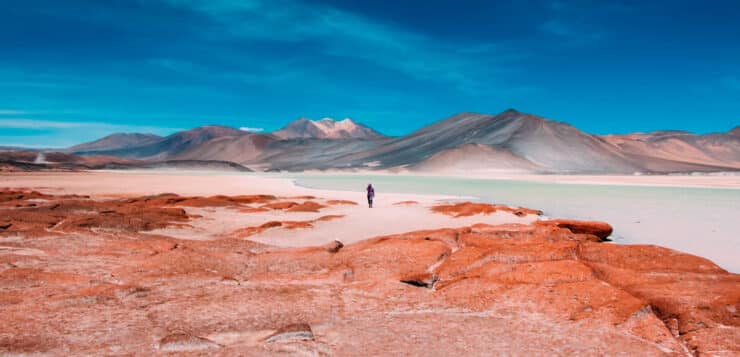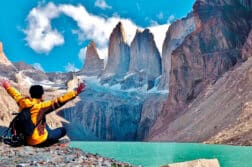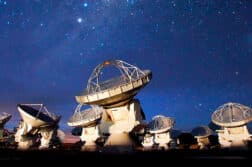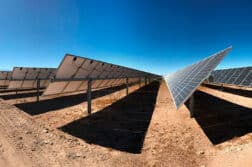As the world’s longest country, with diverse landscapes and traditions, Chile offers the more adventurous students a unique opportunity to study at one of the many public and private universities, while learning about this fascinating country.
Here are some quirky facts about the country that you likely don’t know …
- Chile is rich in minerals and well-known for its earthquakes and volcanoes; one reason why the country attracts so many Scientists and Researchers. In fact, the biggest earthquake ever recorded (9.5 on the Richter scale) hit Chile in 1960.
- Chile’s Atacama Desert is ‘out of this world’ – at least, it appears that way! The Atacama is thought to be the driest place on earth and the barren landscape looks eerily like Mars, so much so that space movies are often filmed here (for example ‘Space Odyssey: Voyage to the Planets’) and Scientists also test prototypes used for exploring Mars in this terrain.
- The Atacama Desert is also an Astronomer’s paradise due to the extremely dry air and crystal clear skies. Some of the most powerful telescopes in the world are housed here and work has started on the world’s largest telescope, which will be the size of a football pitch! Needless to say, Astronomy is a popular degree to take in Chile.
- The world’s second largest swimming pool is in Algarrobo, about an hour’s drive from Santiago. The salt water pool is 1000 yards (914m) and 35m deep.
- Chile is the second largest exporter of salmon, after Norway. With Chile’s 80,000 kms of coastline, sprinkled with rivers and fjords, the country’s salmon exports are an important part of the economy.
- Just a trip when you’re studying in Chile and craving a good cup of coffee in Chile – ask for “café café” to avoid getting instant coffee (likely Nescafé). You need to clarify as Chileans traditionally drink tea, not coffee, and they even embrace the British concept of ‘afternoon tea’ with cake.
- The Monte Verde archeological site in southern Chile is the oldest-known site of human habitation in the Americas. The site shows evidence of human occupation as far back as 16,500 BC.
- More than half of Chile’s plants and animals are found nowhere on earth, and many national parks have been set up throughout the country to protect the fauna and flora. Land animals you might see include the Chingue (a kind of Latin American skunk), Alpaca, Coipu (a rodent measuring up to 60cms), Puma and the Pudu, one of the smallest dear in the Americas (only 40 cms high).
Chile has a ton to offer students and tourists alike – you’ll never run out of places to go and explore.
And, if you ever do run out of things to see (unlikely!), Chile borders Peru, Bolivia and Argentina.








Discussion2 Comments
nice post! google
That is not the national emblem. The Chilean national emblem features a condor and a huemul